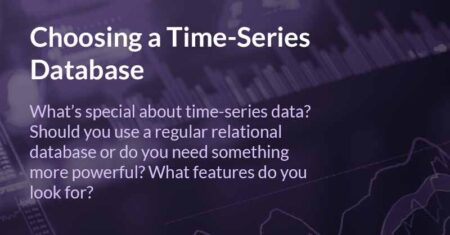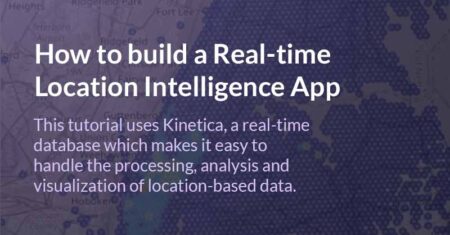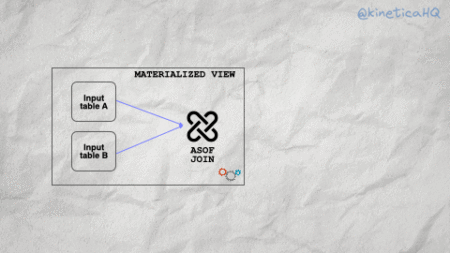What's New
Go to:Time-series data usually refers to any series of data points that come with a timestamp. You’ll find time-series data created by a wide range of sources including sensors on vehicles, weather stations, package tracking, fitness trackers and so on. Other sources of time-series data include financial market data, website traffic, server logs and more. By studying…
Real-time location intelligence is the the art of gathering, analyzing and acting on location-based data as events unfold. It’s valuable for a range of applications such as fleet management, smart cities, detecting threats in our airspace, smart agriculture, proximity marketing, telco network optimization, supply chain management and more. Over the past few years, building real-time…
Materialized views are a feature available with many databases to store the results of a frequently executed query so that the same view can be accessed repeatedly without forcing the database to re-execute the query each time. This allows for faster access to the data, as the results of the query do not need to…
High cardinality data can be more difficult to efficiently analyze because many unique elements increase the computational cost for analysis, and make it more challenging to identify useful insights from the data. Cardinality refers to the number of unique elements in a set. For instance, low cardinality data sets include the names of a few…
Streaming databases are close cousins to time-series databases (think TimescaleDB) or log databases (think Splunk). All are designed to track a series of events and enable queries that can search and produce statistical profiles of blocks of time in near real-time. Streaming databases can ingest data streams and enable querying of the data across larger…













